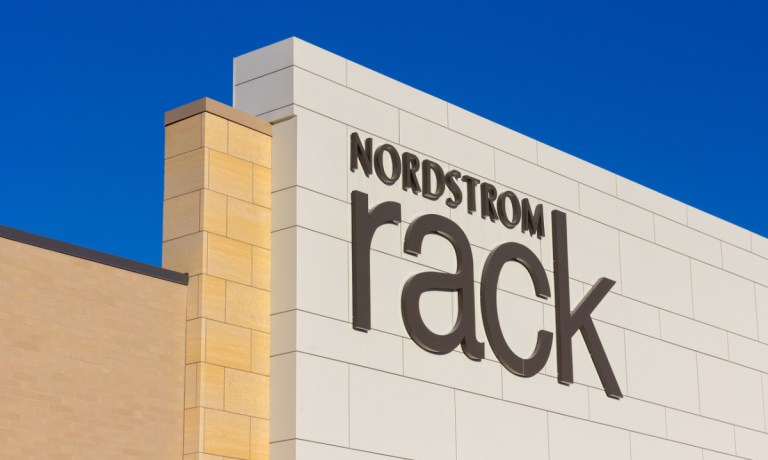Nordstrom’s Off-Price Destination Falls Short on Value

Nordstrom, once known for its opulent runway and exceptional service, is increasingly delving deeper into substantial discounts to navigate financial challenges. But is it working?
During the third quarter, Nordstrom opened 11 new Rack stores, with an additional one introduced early in the fourth quarter, bringing the total to 19 for the year. CEO Erik Nordstrom shared this information with analysts as part of the retailer’s third-quarter earnings report on Tuesday (Nov. 21).
The CEO said the new store openings have generated a robust customer response and positive feedback. Overall, Rack stores prove to be a lucrative investment, providing returns that surpass their capital cost, accompanied by a brief payback period. Additionally, they serve as the primary driver for acquiring new customers. The company anticipates the profitability of Rack’s digital channel for the entire year.
“We also know that our Rack customers value convenience, and we believe our stores are underpenetrated,” said Nordstrom.
Off-price retailers are experiencing increased demand, but although Nordstrom is placing greater emphasis on discounts and value-driven options in response to consumer preference, Nordstrom Rack is not flourishing as expected.
In fact, according to the retail scorecard, Rack’s net sales took a 1.8% dip compared to its fiscal 2022. To add a sour note, ditching store fulfillment for digital orders hit Rack’s banner sales, giving it a negative impact of approximately 100 basis points.
This raises questions about whether the product assortment in the retailer’s extensive network of 258 Nordstrom Rack locations across the U.S. has missed the mark. This is a crucial consideration in the current economic environment, as highlighted by many retailers in recent earnings calls.
As an illustration, Macy’s has been utilizing artificial intelligence (AI) to adapt its inventory according to the demand patterns during the holidays.
“We know our customers are looking for value. So, we have simplified our promotions. We are confident the strategic changes we have made will be well received by our customers,” said Macy’s CEO Jeffrey Gennette during the company’s most recent quarterly earnings call on Nov. 16.
Looking past the holiday season, Macy’s envisions the integration of data science tools, including AI and machine learning, to elevate retail decision-making processes, with a specific focus on optimizing inventory management based on thorough customer insights.
Read more: Is AI Macy’s Santa’s Little Helper?
The success of Nordstrom or any retailer during this period hinges on the ability to curate the ideal product assortment. Surviving in the current economic climate requires catering to consumers who are seeking optimal value, encompassing factors such as price point, quality and quantity of use. Ultimately, consumers are discerning and won’t make a purchase solely because an item is inexpensive.
The Current State of the Consumer
Based on a recent PYMNTS report, consumers are growing more pessimistic about the economy, especially concerning inflation.
A PYMNTS Intelligence and LendingClub report titled “New Reality Check: The Paycheck-to-Paycheck Report — The Savings Deep Dive Edition,” found that consumers have been relying on savings to manage the challenges posed by inflation, but this pool of savings is being depleted.
This occurs because inflation diminishes the purchasing power held in both hand and bank. Our research suggests that actual savings have decreased by a low single-digit percentage. Consequently, brands and retailers are facing heightened pressure.
Nordstrom by the Numbers
Nordstrom reported a 6.8% decrease in total company net sales and a 7.1% decline in gross merchandise volume (GMV) in comparison to the same period in fiscal 2022.
The wind-down of Canadian operations had a negative impact on net sales, while the timing shift of the Anniversary Sale had a positive effect. Nordstrom banner experienced a 9.4% decrease in net sales, and GMV decreased by 9.8%, with the wind-down of Canadian operations negatively impacting sales.
Nordstrom Rack banner saw a 1.8% decrease in net sales. Digital sales decreased by 11.3%, representing 34% of total sales. Despite lower sales, gross profit margin increased due to lower markdowns and improved efficiency.
Ending inventory decreased by 8.8%, and selling, general, and administrative expenses slightly decreased. Earnings before interest and taxes (EBIT) showed a significant improvement. The company ended the quarter with $1.2 billion in available liquidity.